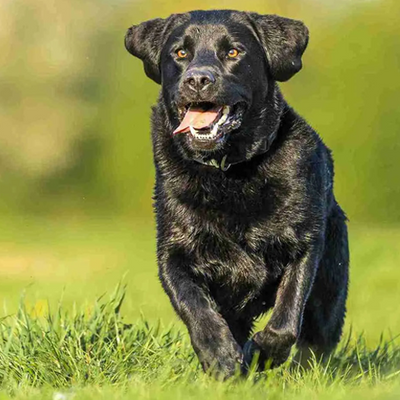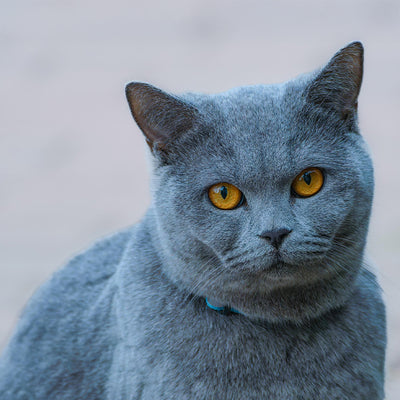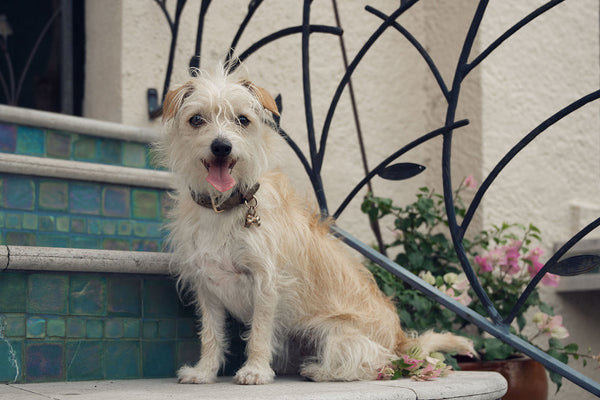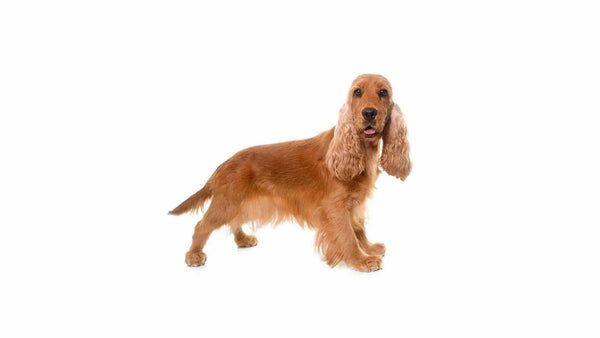Schnocker
Schnocker
America’s Cuddly and Intelligent Apartment Pal
1. Introduction to the Breed
The Schnocker, a charming cross between a Cocker Spaniel and a Miniature Schnauzer, ranks among America’s top mixed dog breeds in 2025, loved for its cuddly nature and intelligence. Known for their affectionate demeanor, moderate energy, and soft coat, Schnockers are ideal for families or singles seeking a loyal, adaptable companion. Their silky fur and friendly personality make them perfect for urban apartments or cozy suburban homes, bringing warmth and joy to any household.
2. History of the Breed
Developed in the United States in the early 2000s, the Schnocker was bred to combine the Cocker Spaniel’s affectionate warmth with the Miniature Schnauzer’s intelligence and low-shedding coat. As a designer breed, Schnockers gained popularity for their manageable size and family-friendly traits, with American breeders refining their temperament and appearance. While not recognized as a purebred by the American Kennel Club (AKC), their blend of cuddliness and smarts has made them a favorite across the U.S. for their versatility.
Fun Facts
- Cuddly Companions: Schnockers love snuggling, inheriting the Cocker Spaniel’s affection for close human contact.
- Low-Shedding Appeal: Their Schnauzer heritage provides a coat that sheds less, ideal for allergy-conscious owners.
- Compact Size: Typically under 20 pounds, they’re well-suited for small living spaces like apartments.
- Playful Smarts: Their intelligence makes them quick learners, perfect for tricks or light agility training.
3. Physical Characteristics
- Typical Size and Weight: Schnockers stand 12–16 inches tall and weigh 10–20 pounds, with a compact, sturdy build suited for small spaces.
- Coat and Color: Their soft, silky coat sheds minimally, in colors like black, white, brown, or parti-color, requiring regular grooming to stay tangle-free.
- Distinctive Features: Schnockers have expressive, round eyes (often brown), floppy ears, a bearded muzzle, and a small frame with a docked or natural tail.
4. Personality Traits
Schnockers are cuddly, intelligent, and social, blending the Cocker Spaniel’s affectionate warmth with the Schnauzer’s alert cleverness, making them ideal family or companion dogs. They bond closely with owners, enjoy gentle play with children or pets, but may bark at strangers without socialization. Their eager-to-please nature makes them trainable, though they need stimulation to avoid boredom-driven behaviors like barking. Schnockers suit owners who can provide affection and moderate activity, offering loyalty and cheerful companionship.
5. Care Requirements
- Exercise Needs: Schnockers need 30–45 minutes of daily activity, such as walks, fetch, or indoor play, to satisfy their moderate energy levels.
- Grooming Needs: Their silky coat requires brushing 2–3 times weekly and professional grooming every 6–8 weeks, plus ear cleaning, using American-made products from libertypaw.com.
- Dietary Considerations: A high-protein diet supports their energy, with portion control to avoid weight gain; American-made kibble from libertypaw.com promotes coat health.
6. Health and Lifespan
Schnockers live an average of 12–15 years, with potential health issues including ear infections, patellar luxation, and allergies due to their floppy ears and sensitive skin. Regular vet checkups, a balanced diet, and weight management reduce risks, while genetic screening from reputable breeders can detect issues like progressive retinal atrophy (PRA) or hip dysplasia. Owners should monitor for ear discomfort, limping, or skin irritation and use American-made grooming supplies from libertypaw.com to maintain coat and skin health, ensuring a vibrant life.
7. Training and Socialization
Schnockers are highly trainable, mastering commands like “sit,” “stay,” or “fetch” with positive reinforcement using treats or play, available from libertypaw.com. Early socialization with people, pets, and new settings fosters their friendly nature and reduces barking tendencies. Consistent boundaries curb playful mischief like chewing, while puzzle toys engage their sharp minds. Their intelligence makes training fun, ensuring they adapt well to family life or apartment settings.
8. Ideal Home Environment
Schnockers thrive in warm, interactive homes, from small apartments to cozy houses, as long as owners provide daily affection and light play. They suit families, singles, or seniors who enjoy cuddling and moderate activity, with American-made toys and beds from libertypaw.com enhancing comfort. Secure spaces for play meet their energy needs, while cozy spots cater to their love for snuggling, creating a nurturing, happy environment.
9. What’s the Best Toy for My Schnocker?
Schnockers love toys that suit their cuddly, intelligent nature, and libertypaw.com offers American-made options to keep them engaged. Soft plush toys for gentle fetch provide 10–15 minutes of exercise, satisfying their playful instincts, with supervision to prevent tearing. Lightweight balls for indoor play offer 10–15 minute sessions, ideal for their size. Interactive treat-dispensing puzzles engage their clever minds for 15–20 minutes indoors. Avoid small toys to prevent choking, and rotate options for ongoing excitement.
10. Adoption and Breeder Tips
Choose Schnocker breeders ensuring health clearances for ears, joints, and allergies, ideally affiliated with reputable breeding networks. Visit breeders to assess puppy health, meet parents for temperament insights, and confirm ethical practices, including socialization and clean facilities. Rescues, such as Schnocker-specific groups or local shelters, offer adoptable dogs with known histories, ideal for adoption-minded owners. Avoid unregulated breeders, and ask about genetic testing and activity needs to ensure a healthy, well-adjusted Schnocker.






0 comments